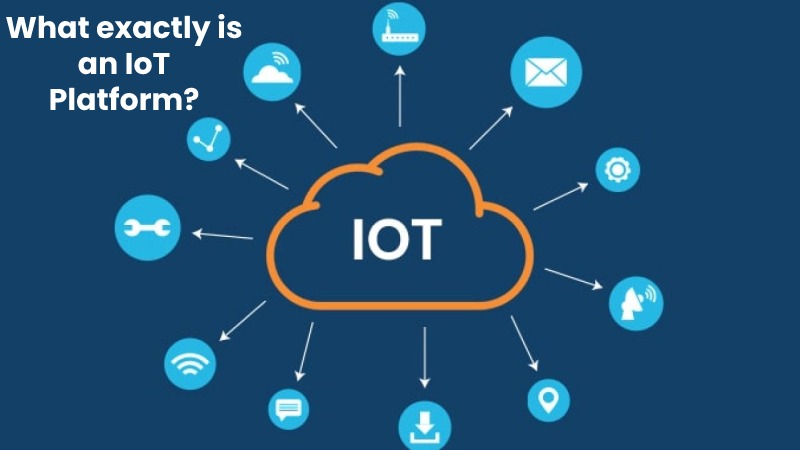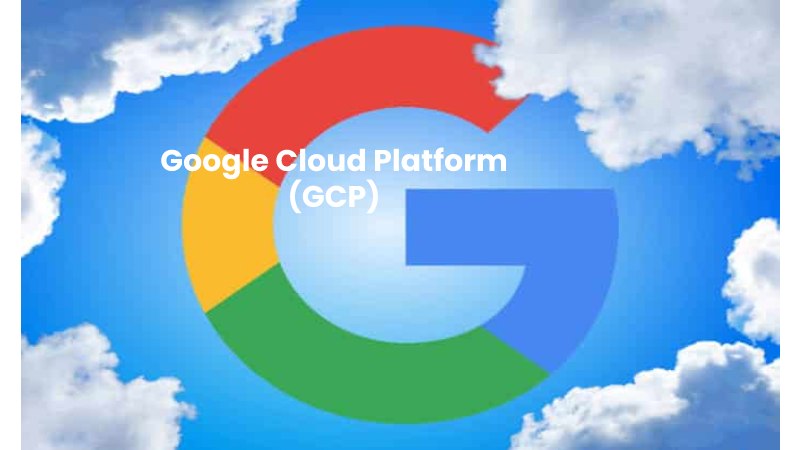Platforms Vans
Table of Contents
What exactly is an IoT Platform?
The IoT platform is a multi-layer technology used to manage and automate connected devices. In other words, it is a service that enables you to bring physical objects online. In addition, this platform will assist you in connecting devices for machine-to-machine communication.
The Internet of Things (IoT) is a software platform that connects edge hardware, access points, and data networks to the end, typically the end-user application.

Internet of Things Architecture
Data is collected and converted into valuable data in the first stage. Next, the second stage converts data from analog to digital form. But, Finally, the Edge IT system conducts additional data analysis in the third stage.
Data that requires more but not immediate processing will remain rooted in the data center or cloud-based systems at stage four.
IoT Examples:
- IoT applications include innovative home systems. The most popular is the Amazon Echo.
- IoT applications include smart watches that allow text messages and phone calls.
- Fitbit is another example of an IoT device.
Platforms for the Internet of Things:
Cloud Data End-to-End Connectivity
Here are some facts about these platforms:
The IoT platform’s primary function is to act as middleware or plumbing to connect devices or applications to another end. Sensors and controllers, a gateway device, a communication network, data analyzing and translating software, and end application service are all components of IoT.
IoT cloud platforms can handle massive amounts of data from devices, customers, applications, websites, and sensors and respond in real-time.
The best Internet of Things platform remains determined by a company’s hardware, real-time access, custom reports, budget, development skills, and business model.
The Top IoT Platforms Vans
The most popular open-source Internet of Things Platforms are listed and compared below.
Comparison of IoT Platforms
The following is a comparison chart of the top best platforms.
Google Cloud Platform (GCP)
Google Cloud offers a secure infrastructure that is multi-layered.
It contributes to increased operational efficiency. It offers predictive maintenance for equipment, smart city and building solutions, and real-time asset tracking.

Features:
Machine learning capabilities for all IoT requirements.
Real-time business intelligence for globally distributed devices.
Capabilities of artificial intelligence
Supports a wide range of entrenched operating systems.
Location awareness.
The monthly cost begins at $1758.
OpenRemote
Although, OpenRemote is an open-source IoT platform for developing a wide range of applications. They remain used in larger professional IoT applications such as energy management and crowd control.
Features:
IoT-based protocols such as HTTP, TCP, UDP, Websocket, or MQTT can connect your IoT devices, gateways, or data services or create a vendor-specific API that is missing.
Other protocols, such as KNX or Modbus, are supported by a Rules engine with a Flow editor, a WHEN-THEN, and a Groovy UI.
Web UI components for building project-specific apps and a dashboard for provisioning, automating, controlling, and monitoring your application.
Mobile app for Android and iOS that includes geofencing and push notifications.
Edge Gateway solution for connecting multiple instances to a single management instance.
But, The ability to create multiple realms in conjunction with account management and identity management
Voracity of IRI
Similarly, Voracity is low-cost data discovery, integration, migration, and governance. An analytics platform that can transform and report, for instance, in massive log files or database tables.
But, Voracity includes a small-footprint data manipulation engine for fast edge aggregation. And a full-stack Eclipse IDE for metadata-driven, graphical data integration and analytics.
Features:
Connects to and integrates various sensors, logs, and other data sources.
Data filtering, transformation, cleansing, masking, and reporting are consolidated (same I/O).
IoT data remains migrated, replicated, subsets, and otherwise leveraged for archival, data lakes, analytics, and playbooks.
Although, Fit-for-purpose data manipulation data aggregation and anonymization node that feeds IoT mining and machine learning nodes
But, Splunk app, add-on, and Universal Forwarder options for quick preparation and direct indexing of IoT data for cloud analytics and action.
ThingWorx
Similarly, It aids in the management of the development lifecycle of IoT applications. Although, It enables access to data and IoT from on-premise, off-premise, and hybrid environments. Although, ThingWorx will provide increased uptime, lower costs, role-based visibility and control, and improved compliance.
Features:
- Connect your devices.
- Analyze the data.
- Create and deploy solutions.
But, On-premise web servers, off-premise cloud applications, and hybrid environments provide access to industrial IoT and application data.
Conclusion
Platforms Vans, Although To summarise the Best IoT Platforms article, we can say that the Google Cloud Platform and Salesforce IoT cloud are simple. But, Particle has good community support. But, ThingWorx is an excellent industrial Internet of Things solution. AWS IoT offers good integration options but is somewhat pricey.

